The iPhone XS & XS Max Review: Unveiling the Silicon Secrets
by Andrei Frumusanu on October 5, 2018 8:00 AM EST- Posted in
- Mobile
- Apple
- Smartphones
- iPhone XS
- iPhone XS Max
Camera - Daylight - More HDR & Portrait
I wanted to have a second page of daylight photos because I wanted to spend a bit more time and have a tad more varied scenes for to test Apple’s SmartHDR – please enjoy.
[ iPhone XS ] - [ iPhone X ] - [ iPhone 7 ] - [ iPhone 6S ]
[ Galaxy Note9 ] - [ Galaxy S9+ ] - [ Galaxy S8 ]
[ LG G7 ] - [ LG G6 ] - [ LG V30 ] - [ OnePlus 6 ]
[ Mi MIX2S ] - [ Pixel 2XL ] - [ P20 Pro ]
This tunnel was a fun little test – the other end was sunlit while obviously quite dark from my side. I thought this would be a good little visual representation of the raw dynamic ranges that the phones would be able to capture.
Indeed, the iPhone XS is able to go a lot further into the end of the tunnel than the iPhone X, or for that matter, most other phones. This is an extreme show-case of Apple’s new HDR processing and how it’s able to play with bright highlights in scenes.
[ iPhone XS ] - [ iPhone X ] - [ iPhone 7 ] - [ iPhone 6S ]
[ Galaxy Note9 ] - [ Galaxy S9+ ] - [ Galaxy S8 ]
[ LG G7 ] - [ LG G6 ] - [ LG V30 ] - [ OnePlus 6 ]
[ Mi MIX2S ] - [ Pixel 2XL ] - [ P20 Pro ]
One scenario that Apple showcased during the keynote was a shot directly facing the sun. I’ve had users in previous reviews bombard me with comments as to that’s not how you should take a photo. To them I say: that’s an outdated notion of photography.
As computational photography becomes an ever increasingly common theme in devices, we’ll see more and more scenes like this one where shooting against the sun should be no issue at all.
The iPhone XS dramatically improves the shadow detail, and is able to notably reduce the sun’s halo in this shot, but I do think Apple might have overpromised a bit on the notion of computational photography. The best counter-example of this is to just switch over to what the Huawei P20 Pro was able to achieve in its 10MP AI mode, by far surpassing all other phones in the captured dynamic range of the scene. This facet of smartphone photography really opens up a new area of competition, and hopefully we’ll be seeing some exciting things in the future.
[ iPhone XS ] - [ iPhone X ] - [ iPhone 7 ] - [ iPhone 6S ]
[ Galaxy Note9 ] - [ Galaxy S9+ ] - [ Galaxy S8 ]
[ LG G7 ] - [ LG G6 ] - [ LG V30 ] - [ OnePlus 6 ]
[ Mi MIX2S ] - [ Pixel 2XL ] - [ P20 Pro ]
This shot follows the same themes we saw on the previous page, the iPhone XS handles the shadows a lot better and gives a lot more details over the iPhone X.
Samsung again opts for a much brighter picture, but I do think it comes at some cost of detail. Again I think the OnePlus 6’s HDR processing is an excellent middle-ground that would please most people, although Apple has a tad more natural look going for them.
[ iPhone XS ] - [ iPhone X ] - [ iPhone 7 ] - [ iPhone 6S ]
[ Galaxy Note9 ] - [ Galaxy S9+ ] - [ Galaxy S8 ]
[ LG G7 ] - [ LG G6 ] - [ LG V30 ] - [ OnePlus 6 ]
[ Mi MIX2S ] - [ Pixel 2XL ] - [ P20 Pro ]
In less direct sunlit environments, the difference between the iPhone X and XS might not be directly visible the thumbnails, however opening up the full resolution image showcases the XS’s significant increase of detail and textures throughout the whole scene. The larger pixels of the XS sensor along with the deeper DTI (deep trench isolation) results in significantly increased spatial resolution – even though the sensor has the same amount of pixels and even has a wider field of view, resulting in less pixels per given object.
Again Samsung tends for a brighter exposure that I think is a bit too much – detail slightly trails the XS. OnePlus bridges the two vendors in terms of exposure and detail.
[ iPhone XS ] - [ iPhone X ] - [ iPhone 7 ] - [ iPhone 6S ]
[ Galaxy Note9 ] - [ Galaxy S9+ ] - [ Galaxy S8 ]
[ LG G7 ] - [ LG G6 ] - [ LG V30 ] - [ OnePlus 6 ]
[ Mi MIX2S ] - [ Pixel 2XL ] - [ P20 Pro ]
This scene was mostly in the tree shadows, sun sunlit spots coming through the gaps. By now we should understand where the XS’ strengths are: brighter and more defined shadow details.
I think Apple nailed this shot and it has the best balance of exposure as well as the best detail retention. The OP6 closely followed in terms of exposure, but lost in terms of details. Samsung here just overdid it with exposure and just flattens the scene too much.
[ iPhone XS ] - [ iPhone X ] - [ iPhone 7 ] - [ iPhone 6S ]
[ Galaxy Note9 ] - [ Galaxy S9+ ] - [ Galaxy S8 ]
[ LG G7 ] - [ LG G6 ] - [ LG V30 ] - [ OnePlus 6 ]
[ Mi MIX2S ] - [ Pixel 2XL ] - [ P20 Pro ]
Finally the last shot, is again a good showcase of HDR of the different phones. The iPhone XS continues to perform very well here, showing the improvements we’ve seen in previous scenes. Again Samsung is brighter, but slightly loses out on details.
Portrait Mode
[ iPhone XS ] - [ iPhone X ]
[ Galaxy Note9 ] - [ LG G7 ]
[ OnePlus 6 ] - [ Mi MIX2S ] - [ Pixel 2XL ]
[ P20 Pro ]
Portrait mode is something that’s been quite the rage nowadays, and the iPhone XS promises to take advantage of its new inferencing engine power to create much better separation maps between the foreground subject and the background, to which the computational bokeh effect is applied.
Shooting in portrait mode on most phones means that the actual shot will be taken with the telephoto module, while the wide main camera is also doing work by serving as the depth sensor. Single-module phones such as the Pixel 2 rely solely on the computational power to discern between the subject and the background.
The results on the iPhone XS showcase a significant improvement in the image quality of portrait mode. First of all, the exposure and colour balance of the shot is just significantly better, something that’s universally valid for telephoto shots on the new XS.
The actual bokeh effect on the XS looks to be applied a lot more graduated, and while it’s still possible to see the edge of the pattern in some cases, it’s significantly improved.
This gradual application is what makes the iPhone’s portrait mode stand out to other phones. Only Huawei and Samsung somewhat manage to go a decent job, while all other phones look quite rubbish to be honest, with visible zigzag patterns around the subject.
Daylight Conclusion
Overall in daylight, the iPhone XS is easily a top-tier performer. One thing that I didn’t bring up throughout is picture capture consistency, and here the iPhone XS just shines. Every time you take a picture, you can be assured you will get a good shot – and there’s little to no difference in consecutive shots.
Apple’s new SmartHDR is a definite win, and allows for much more detail in the shadows, all while retaining good highlights in the scenes. The new sensor module is definitely showing its strengths even in daylight, as every shot that wasn’t in direct sunlight was able to showcase much improvements in terms of details as well as textures. I attribute this to the new sensor’s much improved DTI – something which results in the iPhone XS gaining quite a bit more resolved spatial resolution, even though the megapixel count is the same.
The new slightly wider viewing angle on the main camera is something that I enjoyed, and I hope Apple continues on in this regard. My iPhone X seems to suffer from lens defects in the left part of the scenes – the iPhone XS showcases no such chromatic aberrations and is sharp until the edge of the frame.
The biggest improvement seems to be on the telephoto lens. While on the iPhone X and before, the telephoto lens could result in quite different colours and exposures. On the iPhone XS the new module seems to be perfectly in balance with the main camera, so that there’s just very little difference in the picture between the two.
While sometimes I do prefer OnePlus 6’s HDR, the XS is more consistent in terms of detail throughout the scenes. Samsung’s Note9 and S9 also sometimes can get a better shot, however they have too much of a tendency to overexpose. I think overall, the iPhone XS takes the lead in terms of smartphone photography in daylight just because of its consistent shooting experience.


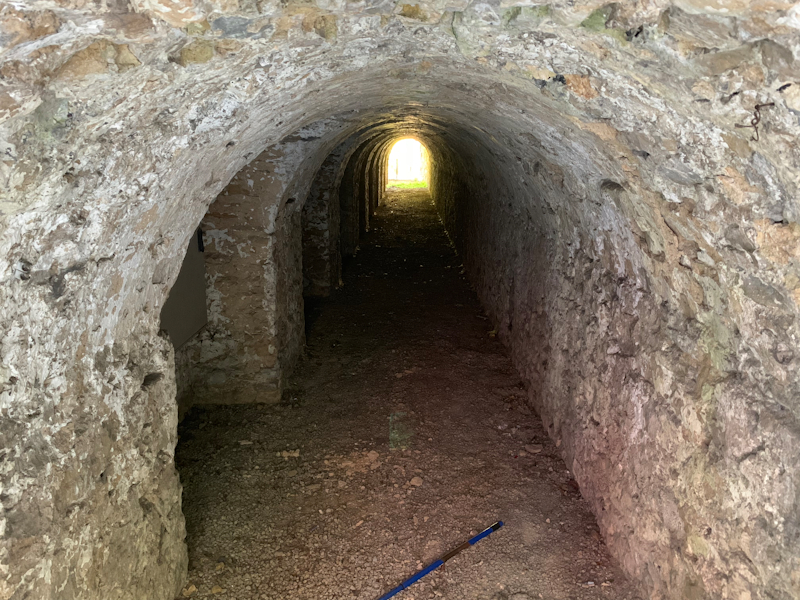
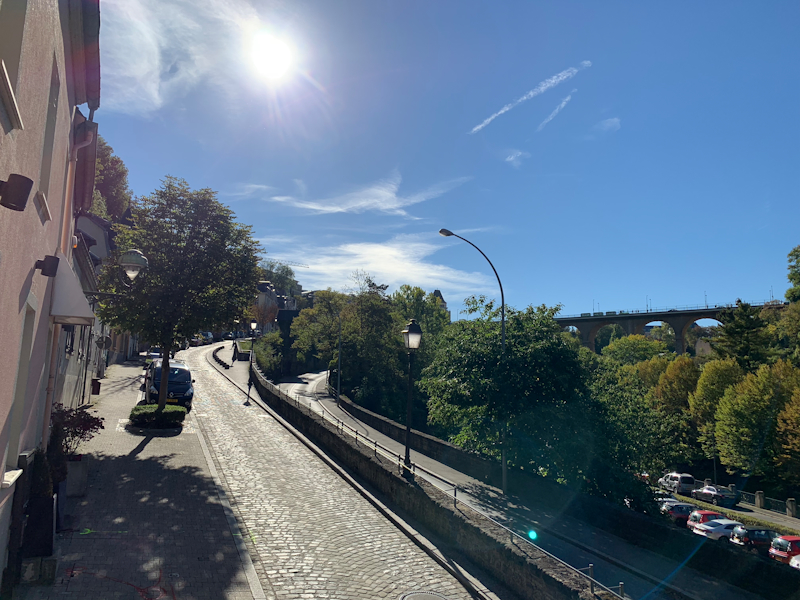
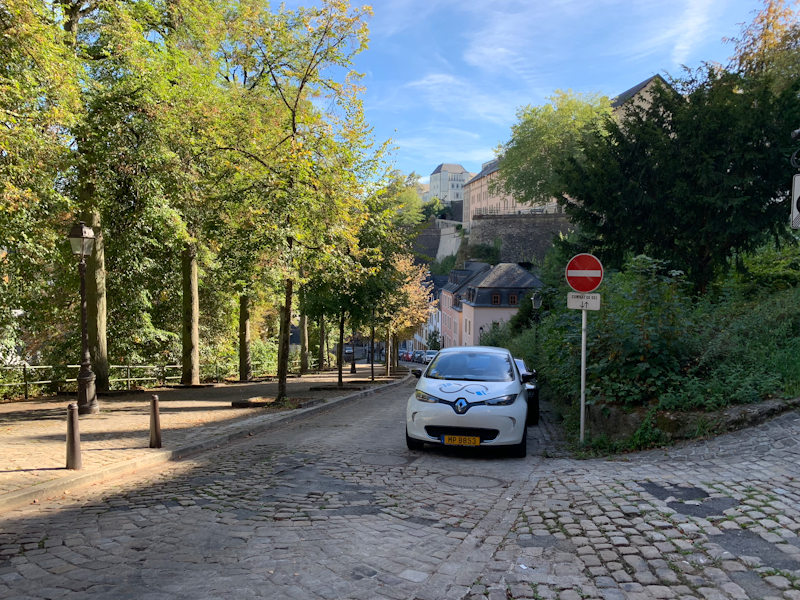
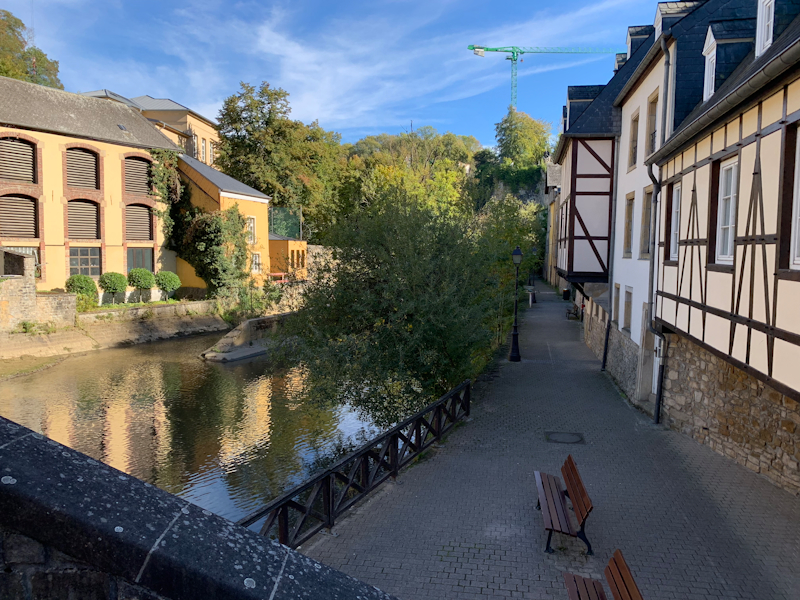
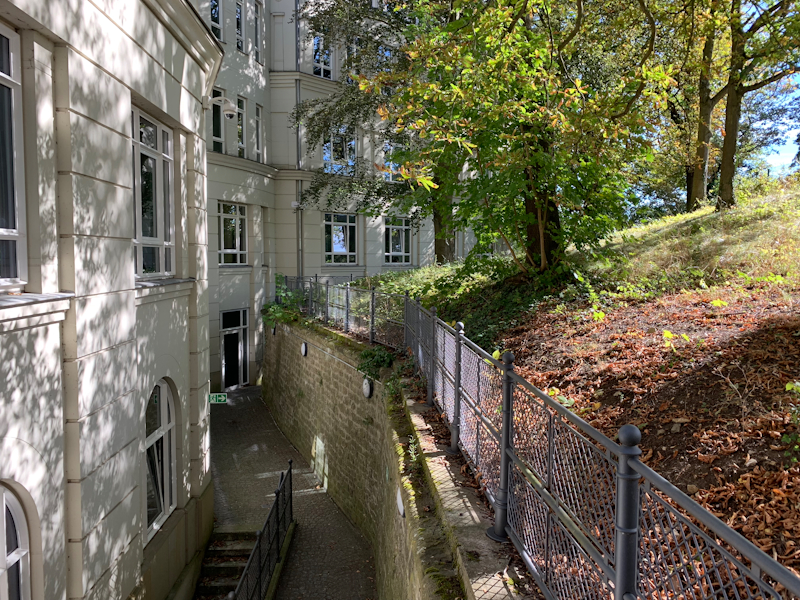
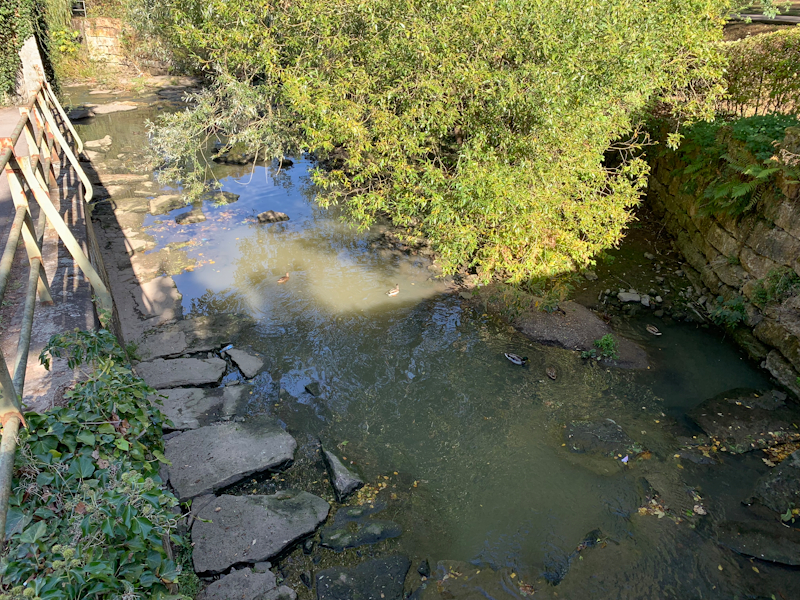
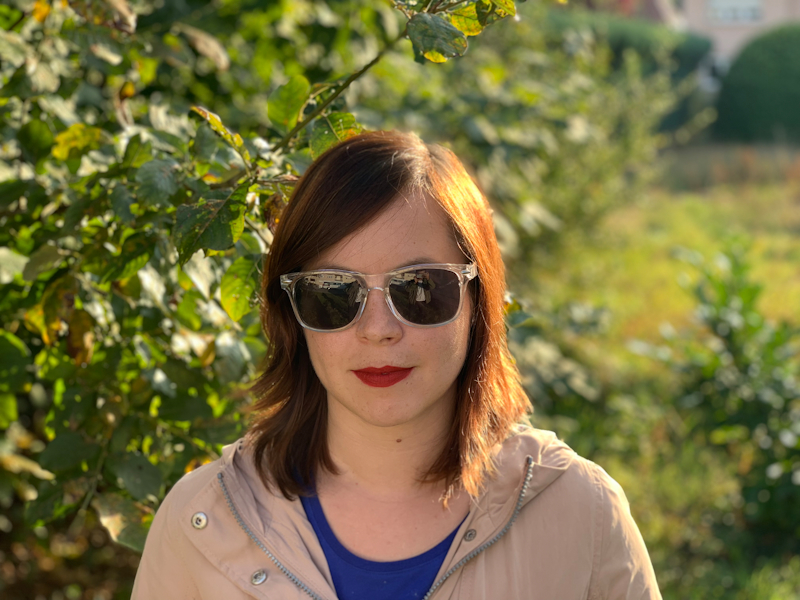








253 Comments
View All Comments
whiskeysips - Friday, October 5, 2018 - link
I compared against the 4 other iPhones XS’ in my household and all of them failed the red reproduction test.I also noticed all the monitors have a warm whitepoint (looks noticeably less than 6500k). When I was next to a tmobile store I stepped in, turned off tru tone, and observed the same.
I will have to airdrop the screenshot to an Apple Store display, but with so many witnessed off spec displays, aka 7 out of 7 out of spec, I am convinced anything in spec is cherry picked.
Off course tru tone is off.
Maybe this reviewer can take a photo of the AMC red next to a calibrated display.
genkihito - Sunday, October 7, 2018 - link
The website can choose to send different content to different models of iPhone. or also if the color is in the wide color range, the phones would show the same color differently if one has P3 and one doesn’t.whiskeysips - Tuesday, October 9, 2018 - link
The iPhone7 was the first iPhone DCI-P3 color gamut.This is an apples to apples comparison.
tim1724 - Friday, October 5, 2018 - link
My iPhone XS and my iMac 5K show essentially identical images. It's in between your 7 and XS, but closer to the 7. I think your XS might have a defective display, unless True Tone is doing something funky due to your lighting.whiskeysips - Friday, October 5, 2018 - link
If my display is defective, then all 5 of my iPhone XS’ in the household are defective.See the following picture that pits 2 iPhone7’s against 2 iPhoneXS’.
https://i.postimg.cc/dJn4hLsK/output.png?dl=1
The iPhones are different colors and have varying production dates using the serial number decoder.
Trutone is off.
Pneumothorax - Sunday, October 7, 2018 - link
you need to be using reference photos to compare colors. Not a movie app.whiskeysips - Sunday, October 7, 2018 - link
Are you trying to insinuate that only certain colors, eg reference shades, are supposed to match and any colors in between are allowed to be supposed to be a free for all?What difference is it if I am comparing an app with many colors on a gradient, or a few shades from the gradient itself?
If you really want to be that pedantic I can pick up 10 shades from the amc app and rectangles of pure color to act as a better reference.
With a discrepancy so large, I fail how this will produce different results.
whiskeysips - Sunday, October 7, 2018 - link
If anything a larger collection of colors is easier to discern compared to only comparing two shades at a time.mmcmah - Friday, October 5, 2018 - link
Thanks for the great, in-depth review!Given the problems being discussed on other sites, I was also hoping to see a deep dive on the WiFi and LTE capabilities/issues. Is that something that you are looking into?
Many thanks again.
saleri6251 - Friday, October 5, 2018 - link
Hey Andrei,So what other phones will you be reviewing for this year? Any chance you'll be reviewing the Pixel 3/3XL?